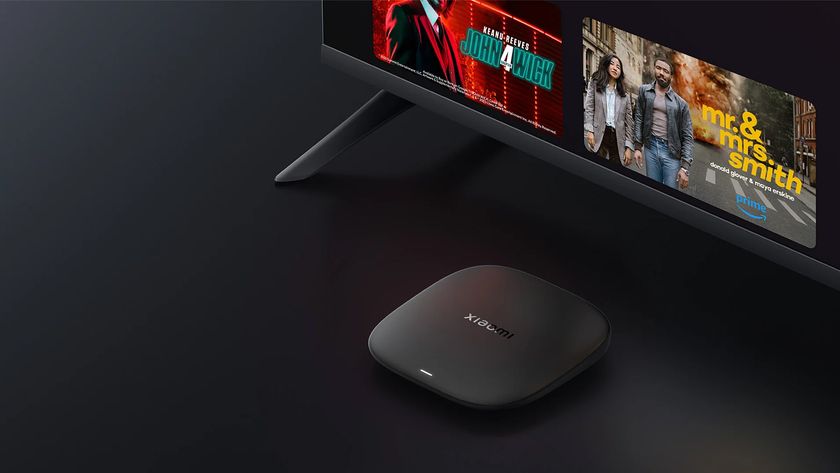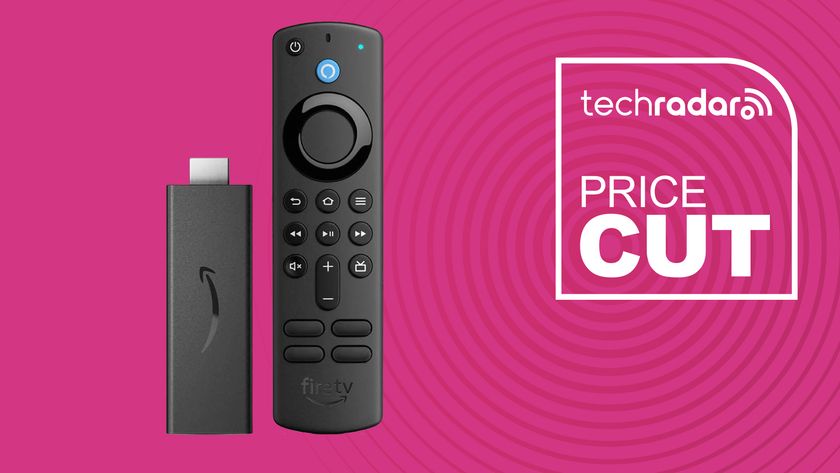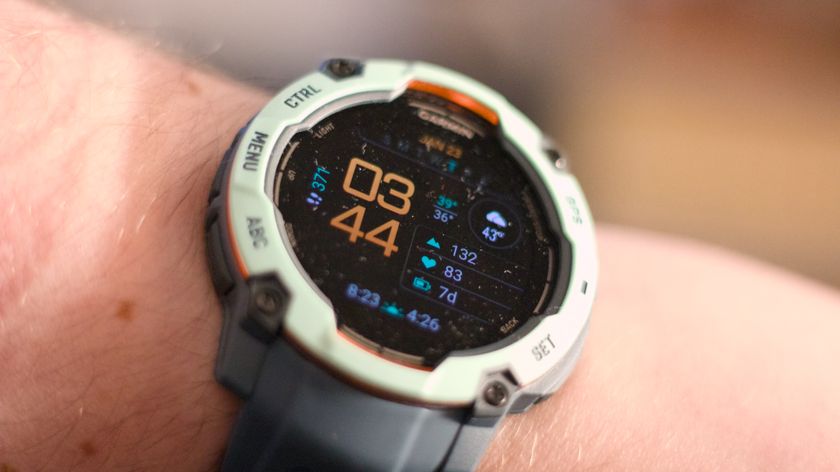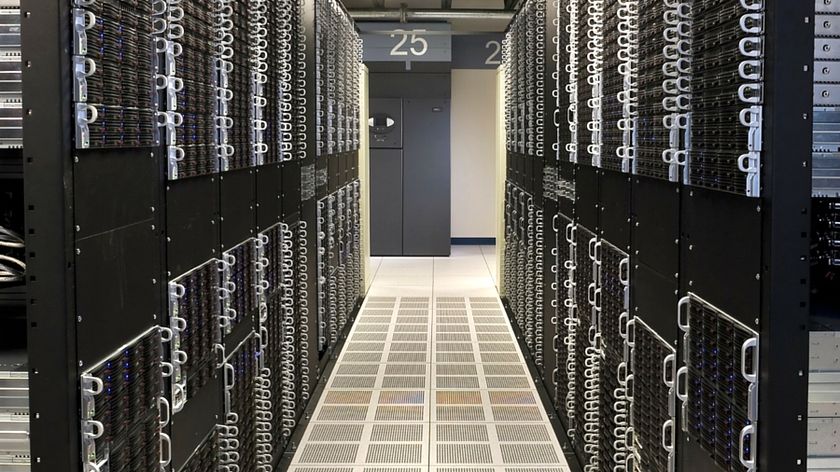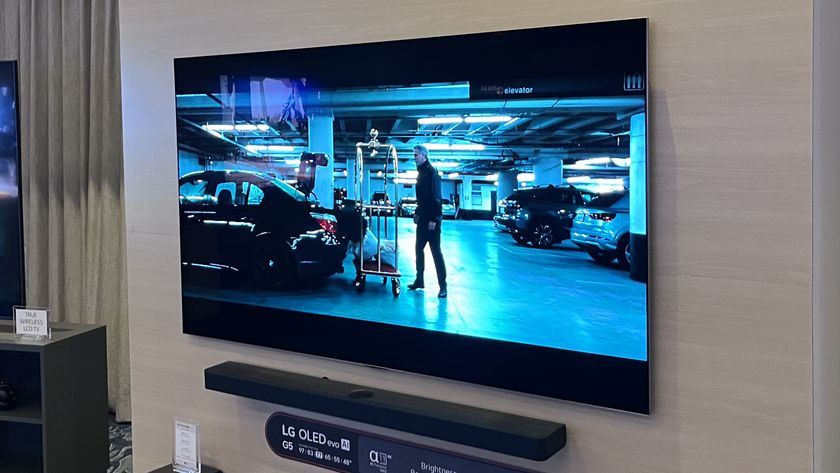Amazon Fire TV: 10 things you need to know
The Amazon Fire TV release date, price and app list explained
One app it doesn't have yet is HBO Go, but it does have its slightly poorer premium channel cousin, Showtime Anytime.

6. Remote with voice search
Amazon proves that the TV remote control isn't passé despite the fact that Chromecast does away with the accessory in favor of an iOS or Android smartphone.
Amazon Fire TV sticks with the physical remote control while taking the age-old accessory to the next level with voice search.
A tiny dual digital microphone with noise suppression technology has been integrated into the remote, enabling you to call out TV shows, movies, actors, directors and genres.
Amazon's "less search, more watching" mantra does away with the need to hunt down every letter in a movie title or person's name, though that's still available via its 5-way directional button remote.

7. Games and a real gamepad
Another Amazon-exclusive is game support with an actual controller and the promise of thousands of games by next month.
The dedicated Amazon Fire TV controller looks strikingly similar to an Xbox One gamepad. It's slightly elongated and contains video playback buttons in addition to game buttons.
Get daily insight, inspiration and deals in your inbox
Sign up for breaking news, reviews, opinion, top tech deals, and more.
This dual analog controller is priced separately at $39.99 (about £24, AU$43), but the games are supposed to be almost as cheap as they are on mobile devices.
Minecraft Pocket Edition, Asphalt 8, The Game of Life and Amazon Game Studios' own Sev Zero are being highlighted by the company for the device's launch.
Amazon is also touting partnerships with EA, Disney, Ubisoft and Double Fine Productions so that it can take its 100-plus launch games to 1,000 in a matter of 30 days.
8. ASAP aka 'You may also like...'
Amazon doesn't have the most aesthetically pleasing site, but it's functional and efficient.
Amazon Fire TV plans to port over some of that efficiency with predictive features like ASAP, which stands for Advanced Streaming and Prediction.
ASAP takes Amazon's "You may also be interested in..." line and translates it to video streaming. The video platform learns what movies and shows you like and loads them ahead of time.
Like most predictive technology, the more you use it, the better it gets at adapting to your viewing habits, according to Amazon.
9. Amazon FreeTime for the kids
Amazon FreeTime is designed to limit content that children can access, and it goes beyond just filtering out R-rated movies.
These kiddie custom profiles encompass movies, TV shows, apps and games and parents are able to set daily screen limits. Minors are about to grow up with parents insisting "I didn't turn off the TV, Amazon did it."
Amazon is attaching a $2.99 (about £1.80, AU$3.23) subscription price for an enhanced FreeTime Unlimited service.
Intended for kids ages 3 to 8, it supplies content from Nickelodeon, Sesame Street, PBS Kids and other stations.
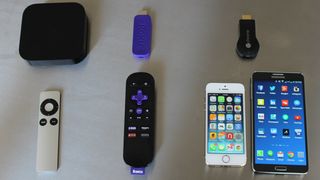
10. Amazon Fire TV vs its competitors
Video streaming platforms seem more diverse than smartphones right now, with a number of streaming boxes and sticks with unique features that aren't available anywhere else.
Chromecast is small, cheap and it mirrors computers through the Chrome tab extension, but it has even fewer apps than Amazon Fire TV on day one.
Roku offers both a box via Roku 3 and its new Streaming Stick, and both come with a physical remote. But it doesn't have Amazon's voice search capabilities or a dedicated game controller.
Apple TV is due for a refresh, and its spec show it. It has a single-core processor and 512MB of RAM. It has Apple device mirroring, but it's limited to Mac and iOS hardware, at least officially.
Amazon Fire TV stands out with native Amazon Instant Video support, a unique remote with voice search and a game controller that is intended for thousands, not hundreds, of games.
More than anything, it has apps ready to go on day one and promises an open ecosystem, something that Google and Apple haven't gotten quite right.

